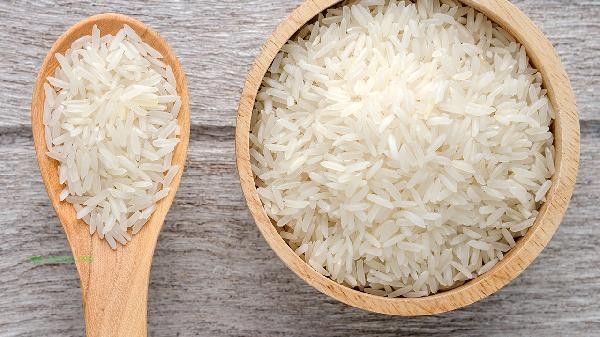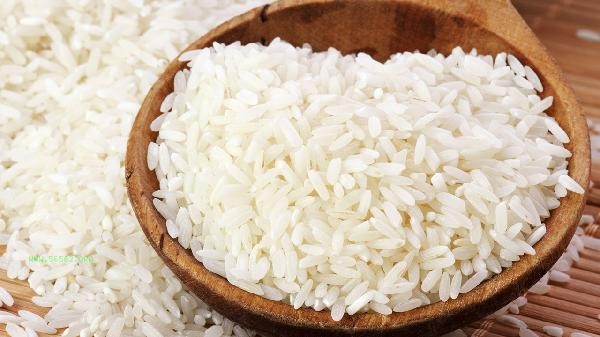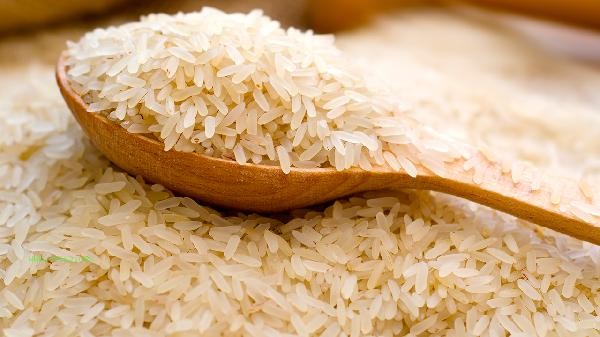The main storage methods for rice include sealing and moisture-proof, low temperature and light avoidance, regular inspection, classified storage, and keeping away from odors. The correct storage method can effectively prevent rice from mold and insects, and maintain its nutrition and taste.

1. Sealed and moisture-proof
Rice is prone to absorbing moisture from the air, leading to mold growth. It is recommended to store it in food grade sealed cans or vacuum bags. Before sealing, ensure that the rice is completely dry and place a food desiccant at the bottom of the container. After opening, the bagged rice should be folded and secured with clips to avoid contact with water vapor. During the rainy season, it is necessary to strengthen the sealing inspection and transfer the rice to a dry environment if necessary.
2. Low temperature and light avoidance
High temperature and light can accelerate the oxidation of rice fat, resulting in a stale taste. Unopened packaged rice can be stored in a cool and ventilated place, and it is recommended to refrigerate it after opening. When storing in the refrigerator, double sealed bags should be used to isolate water vapor and prevent condensation from seeping in. For short-term storage, choose storage cabinets below 15 ℃ and keep away from heat sources such as stoves.
3. Regular Inspection
Check the condition of the rice at least once a month, with a focus on observing for clumping, discoloration, or insect eggs. If rice worms are found, they can be treated with natural insect repellents such as Sichuan pepper or garlic. If moldy rice is found, it should be discarded immediately. Pay attention to the corners and bottom of the container during inspection, and shorten the inspection frequency to once a week in summer.

4. Classified Storage
Different varieties of rice should be stored separately, and brown rice should be prioritized for consumption as it contains germ and is more prone to spoilage. New rice and aged rice should not be mixed to avoid cross contamination. Small packaging can reduce the number of times the bag is opened, and it is better to divide it into 1-2 weekly meals according to household usage. The storage container should be labeled with the purchase date and follow the first in, first out principle.
5. Keep away from odors
Rice has strong adsorption properties and needs to be stored separately from spices, cleaning agents, and other items. Ceramic or glass containers are more resistant to odor than plastic containers. If the odor has been absorbed, the rice can be spread out with air or stored together with activated carbon. Rice should not be stored in areas with heavy kitchen fumes. It is recommended to choose a separate storage space.

It is recommended to control the single purchase amount when storing rice in daily life, and it is best to consume it within 3 months. Silicone desiccants or food deoxidizers can be used in combination to extend the shelf life, but chemical insect repellents that come into direct contact with rice should not be used. When signs of aflatoxin contamination are found in rice, consumption should be stopped immediately. Toxins produced by moldy rice can be destroyed by high-temperature cooking. Regularly clean the rice storage container, dry it before filling it with new rice to avoid residual rice bran becoming a breeding ground for insect eggs. Reasonable storage can maximize the retention of B vitamins and minerals in rice, ensuring dietary safety.








Comments (0)
Leave a Comment
No comments yet
Be the first to share your thoughts!